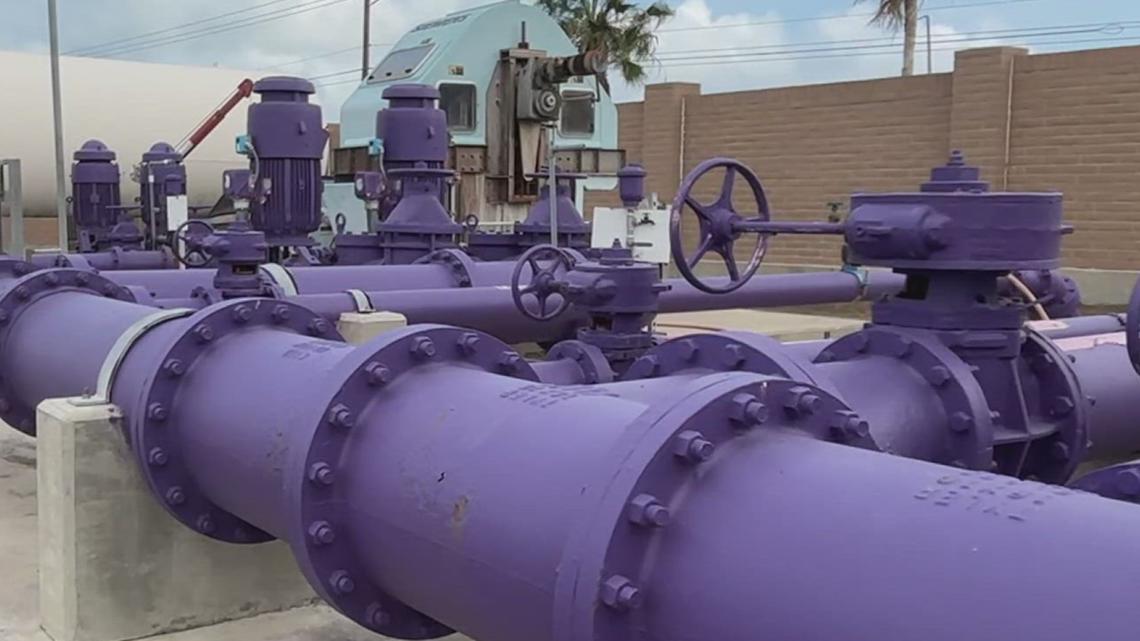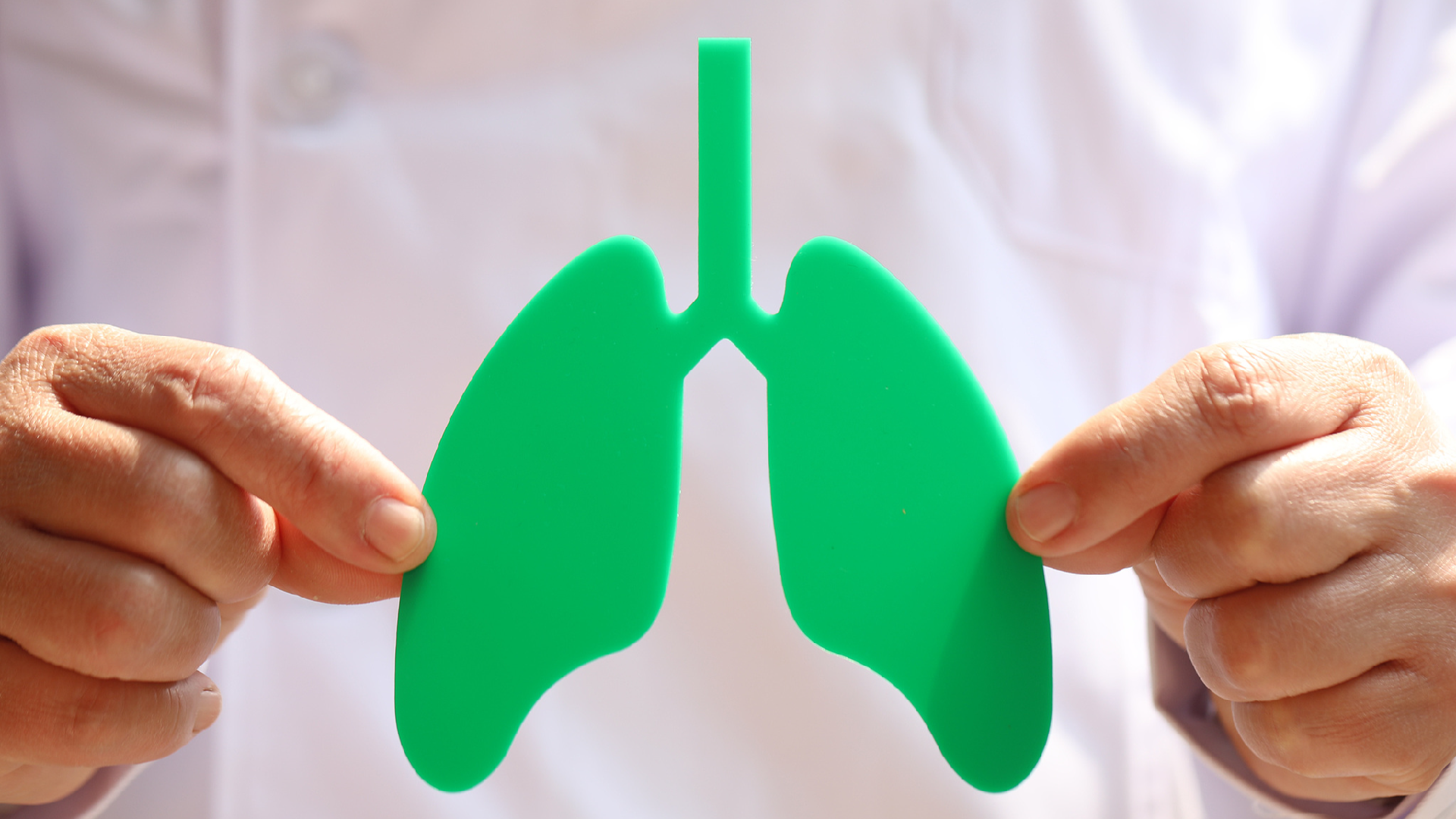Arroyo gets poverty alleviation panel as House elects more solons – Inquirer.net

House of Representatives Committee Appointments Bolster Commitment to Sustainable Development Goals
The Philippine House of Representatives has finalized key leadership roles within its committee structure, reflecting a strategic alignment with the United Nations Sustainable Development Goals (SDGs). The appointments position experienced legislators to spearhead initiatives across a spectrum of socio-economic and environmental concerns.
Key Appointments for Core SDG Mandates
Several appointments are central to achieving fundamental development targets, particularly in poverty reduction, gender equality, and institutional strength.
- SDG 1 (No Poverty): Former President Gloria Macapagal Arroyo has been elected Chairperson of the Committee on Poverty Alleviation, a critical role for steering national strategies to eradicate poverty in all its forms.
- SDG 5 (Gender Equality): The Committee on Women and Gender Equality will be chaired by Rep. Ma Rene Ann Lourdes Matibag, tasked with advancing policies for the empowerment of all women and girls.
- SDG 16 (Peace, Justice, and Strong Institutions): Rep. Samier Tan will lead the Committee on Peace, Reconciliation and Unity, focusing on promoting peaceful and inclusive societies.
Leadership for Environmental and Social Sustainability
Committee chairmanships have been assigned to address crucial environmental and social pillars of the 2030 Agenda for Sustainable Development.
- Committee on Sustainable Development Goals: Rep. Jose Manuel Alba was named chairperson, providing direct oversight of the country’s progress and legislative support for all 17 SDGs.
- Committee on Ecology: Chaired by Rep. Maria Vanessa Aumentado, this committee’s work is vital for SDG 13 (Climate Action), SDG 14 (Life Below Water), and SDG 15 (Life on Land).
- Committee on Health: Rep. Ciriaco Gato Jr. will lead efforts pertinent to SDG 3 (Good Health and Well-being).
- Committee on Land Use: The appointment of Rep. Francisco Matugas as chair is crucial for advancing SDG 11 (Sustainable Cities and Communities) and SDG 15 (Life on Land).
- Committee on Disaster Resilience: Led by Rep. Joseph Lara, this body will focus on building resilience to climate-related hazards, directly supporting SDG 11 and SDG 13.
Appointments Supporting Economic and Inclusive Growth
A number of committees crucial for economic development and reducing inequality have also been filled, aligning with several key SDGs.
- SDG 2 (Zero Hunger): Vice chairpersons for the Committee on Agriculture and Food and the Committee for Food Security were appointed, reinforcing efforts to end hunger and promote sustainable agriculture.
- SDG 4 (Quality Education): Vice chairpersons were named for the Committees on Basic Education and Culture, and Higher and Technical Education.
- SDG 7 (Affordable and Clean Energy): The Committee on Energy now has newly appointed vice chairpersons to help guide the transition to sustainable energy systems.
- SDG 8 (Decent Work and Economic Growth): Leadership roles were filled in committees including Overseas Workers Affairs, Tourism, and Trade.
- SDG 10 (Reduced Inequalities): The appointment of Rep. Bai Dimple Mastura to chair the Committee on Muslim Affairs is a key step towards ensuring inclusive governance.
- SDG 11 (Sustainable Cities and Communities): Vice chairpersons were appointed to the Committee on Housing and Urban Development and the Committee on Transportation.
Vacant Committees with SDG Implications
Several committees with direct relevance to the SDGs remain without appointed chairpersons. These include:
- Indigenous Cultural Committees and Indigenous People (SDG 10)
- People’s Participation (SDG 16)
- Senior Citizens (SDG 3, SDG 10)
- Welfare of Children (Relevant to multiple SDGs including 1, 2, 3, 4, 5, 16)
Analysis of Sustainable Development Goals in the Article
1. Which SDGs are addressed or connected to the issues highlighted in the article?
The article, which details the appointment of chairpersons to various House of Representatives committees in the Philippines, connects to a wide range of Sustainable Development Goals (SDGs). The very existence and focus of these committees indicate a governmental structure aimed at addressing specific developmental challenges that align with the SDGs. The following SDGs are addressed:
- SDG 1: No Poverty – Directly addressed by the creation of the “committee on poverty alleviation.”
- SDG 2: Zero Hunger – Addressed by committees such as “agriculture and food,” “agrarian reform,” “aquaculture and fisheries resources,” and “food security.”
- SDG 3: Good Health and Well-being – Directly addressed by the “health” committee and the “population and family relations” committee.
- SDG 4: Quality Education – Addressed by the committees on “basic education and culture” and “higher and technical education.”
- SDG 5: Gender Equality – Directly addressed by the committee on “women and gender equality.”
- SDG 7: Affordable and Clean Energy – Addressed by the “energy” committee.
- SDG 8: Decent Work and Economic Growth – Addressed by committees focusing on “Bicol affairs and economic development,” “tourism,” “trade,” and “overseas workers affairs.”
- SDG 9: Industry, Innovation and Infrastructure – Addressed by the “transportation” committee.
- SDG 10: Reduced Inequalities – Addressed by committees on “indigenous cultural communities and indigenous people,” “Muslim affairs,” and “social services.”
- SDG 11: Sustainable Cities and Communities – Addressed by committees on “disaster resilience,” “housing and urban development,” and “land use.”
- SDG 13: Climate Action – The “disaster resilience” committee’s work is directly linked to adapting to climate-related hazards.
- SDG 14: Life Below Water – Addressed by the “aquaculture and fisheries resources” and “ecology” committees.
- SDG 15: Life on Land – Addressed by the “ecology” and “land use” committees.
- SDG 16: Peace, Justice and Strong Institutions – Addressed by committees on “peace, reconciliation and unity,” “good government and public accountability,” and the formation of the “House of Representatives Electoral Tribunal.”
- SDG 17: Partnerships for the Goals – The creation of a specific “committee on sustainable development goals” shows a commitment to integrating and coordinating efforts across all goals.
2. What specific targets under those SDGs can be identified based on the article’s content?
While the article does not mention specific policies, the mandates of the newly formed committees strongly imply a focus on certain SDG targets:
- Under SDG 1 (No Poverty): The “committee on poverty alleviation” directly relates to:
- Target 1.2: By 2030, reduce at least by half the proportion of men, women, and children of all ages living in poverty in all its dimensions according to national definitions.
- Target 1.3: Implement nationally appropriate social protection systems and measures for all.
- Under SDG 2 (Zero Hunger): The committees on “agriculture and food” and “food security” relate to:
- Target 2.1: By 2030, end hunger and ensure access by all people, in particular the poor and people in vulnerable situations, including infants, to safe, nutritious and sufficient food all year round.
- Under SDG 5 (Gender Equality): The “committee on women and gender equality” directly relates to:
- Target 5.5: Ensure women’s full and effective participation and equal opportunities for leadership at all levels of decision-making in political, economic and public life.
- Under SDG 11 (Sustainable Cities and Communities): The committee on “disaster resilience” relates to:
- Target 11.5: By 2030, significantly reduce the number of deaths and the number of people affected and substantially decrease the direct economic losses relative to global gross domestic product caused by disasters, including water-related disasters, with a focus on protecting the poor and people in vulnerable situations.
- Under SDG 16 (Peace, Justice and Strong Institutions): The committees for “good government and public accountability” and “peace, reconciliation and unity” relate to:
- Target 16.6: Develop effective, accountable and transparent institutions at all levels.
- Target 16.7: Ensure responsive, inclusive, participatory and representative decision-making at all levels.
- Under SDG 17 (Partnerships for the Goals): The establishment of the “committee on sustainable development goals” relates to:
- Target 17.14: Enhance policy coherence for sustainable development.
3. Are there any indicators mentioned or implied in the article that can be used to measure progress towards the identified targets?
The article does not provide quantitative data or performance metrics. However, it implicitly points to structural and institutional indicators. The primary indicator mentioned is the very existence of these specialized legislative committees. These can be seen as a measure of the government’s commitment and the establishment of mechanisms to address the SDGs.
- Institutional Mechanisms: The formation of a committee for a specific issue (e.g., “poverty alleviation,” “women and gender equality,” “sustainable development goals”) is an indicator in itself. It aligns with indicators that track the existence of national bodies or policies for a specific goal. For example, for Target 17.14, a relevant indicator is Indicator 17.14.1: Number of countries with mechanisms to enhance policy coherence for sustainable development. The creation of the “committee on sustainable development goals” is a direct example of such a mechanism.
- Representation in Decision-Making: The appointment of lawmakers to lead these committees is an indicator of representative decision-making, relevant to Target 16.7. The article lists the names and districts of the representatives, showing the distribution of these leadership roles.
- Policy Framework Development: While not a direct indicator from the text, the purpose of these committees is to create and oversee legislation. Therefore, the number of laws passed or policies implemented by these committees would be a future indicator of their effectiveness in achieving the related SDG targets. The article lays the groundwork for this by announcing the leadership that will drive this process.
4. Table of SDGs, Targets, and Indicators
| SDGs | Targets | Indicators (Implied from the Article) |
|---|---|---|
| SDG 1: No Poverty | Target 1.2: Reduce poverty in all its dimensions. | Establishment of the House committee on poverty alleviation. |
| SDG 2: Zero Hunger | Target 2.1: End hunger and ensure access to safe, nutritious food. | Establishment of committees on agriculture and food, and food security. |
| SDG 3: Good Health and Well-being | Target 3.8: Achieve universal health coverage. | Establishment of the committee on health. |
| SDG 4: Quality Education | Target 4.1: Ensure free, equitable and quality primary and secondary education. | Establishment of the committee on basic education and culture. |
| SDG 5: Gender Equality | Target 5.5: Ensure women’s full participation and equal opportunities for leadership. | Establishment of the committee on women and gender equality. |
| SDG 10: Reduced Inequalities | Target 10.2: Empower and promote the social, economic and political inclusion of all. | Establishment of committees on indigenous cultural communities and indigenous people, and Muslim affairs. |
| SDG 11: Sustainable Cities and Communities | Target 11.5: Reduce the number of deaths and people affected by disasters. | Establishment of the committee on disaster resilience. |
| SDG 16: Peace, Justice and Strong Institutions | Target 16.6: Develop effective, accountable and transparent institutions. | Establishment of committees on good government and public accountability, and peace, reconciliation and unity. |
| SDG 17: Partnerships for the Goals | Target 17.14: Enhance policy coherence for sustainable development. | Establishment of the committee on sustainable development goals. |
Source: newsinfo.inquirer.net

What is Your Reaction?
 Like
0
Like
0
 Dislike
0
Dislike
0
 Love
0
Love
0
 Funny
0
Funny
0
 Angry
0
Angry
0
 Sad
0
Sad
0
 Wow
0
Wow
0













































































